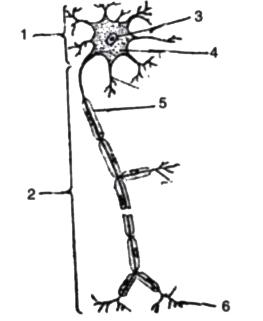Study the diagram given below and then answer the questions.
Briefly describe how nitrogen of the atmosphere is converted to nitrates by leguminous plants.
Step-by-Step Solution:
1. Introduction to Nitrogen Fixation: Nitrogen from the atmosphere is abundant, but most plants cannot use it directly. Leguminous plants have a special relationship with certain bacteria that help convert atmospheric nitrogen into a usable form.
2. Role of Rhizobium: The bacteria responsible for this conversion are called Rhizobium. These bacteria live in the root nodules of leguminous plants, such as peas, beans, and clover.
3. Process of Nitrogen Fixation: When leguminous plants grow, they form root nodules that house Rhizobium bacteria. These bacteria take in atmospheric nitrogen (N₂) and convert it into ammonia (NH₃) through a process known as nitrogen fixation.
4. Conversion to Nitrates: The ammonia produced by Rhizobium is then further processed by the plant and soil bacteria into nitrates (NO₃⁻), which are soluble and can be easily absorbed by the plant roots.
5. Utilization by Plants: The nitrates are then utilized by the leguminous plants for their growth and development, contributing to their nutrition.
6. Conclusion: This symbiotic relationship not only benefits the leguminous plants but also enriches the soil with nitrates, which can be used by other plants as well.
---
Topper's Solved these Questions
- ECONOMIC IMPORTANCE OF BACTERIA AND FUNGIBOOK - ICSECHAPTER - ECONOMIC IMPORTANCE OF BACTERIA AND FUNGIEXERCISE - 3 Marks Questions
7 Videos
- DISEASES : CAUSE AND CONTROL BOOK - ICSECHAPTER - DISEASES : CAUSE AND CONTROL EXERCISE - Review Questions (D. LONG ANSWER TYPE)
5 Videos
- HEALTH ORGANISATIONS BOOK - ICSECHAPTER - HEALTH ORGANISATIONS EXERCISE - Review Questions (Long Answer Type)
1 Videos
Similar Questions
Knowledge Check
Study the diagram given below and answer the questions that follow:
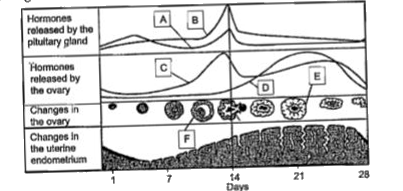
The structure marked 'E' is ______ACorpus luteumBSecondary follicleCGraafian follicleDCorpus albicans
Study the diagram given below and then answer the questions that follow :
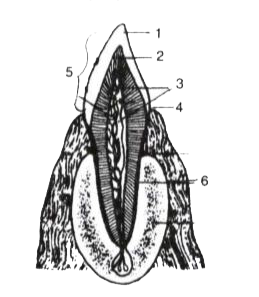
Describe the structure of the part labelled '3'.
View SolutionStudy the diagram given below and then answer the questions that follow :

Where in the body is the pancreas located ?
View SolutionStudy the diagram given below and answer the questions that follow :
What is emulsification?
View SolutionStudy the diagram given below and then answer the questions that follow:
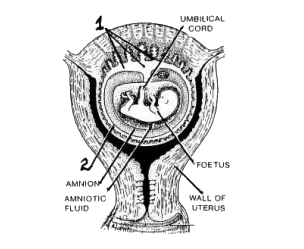
State any two functions of the amniotic fluid.
View SolutionStudy the diagram given below and answer the question that follow
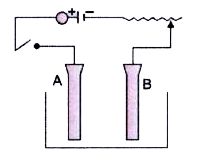
Give the names of the electrodes A and B.
View SolutionStudy the diagram given below and answer the questions that follow:
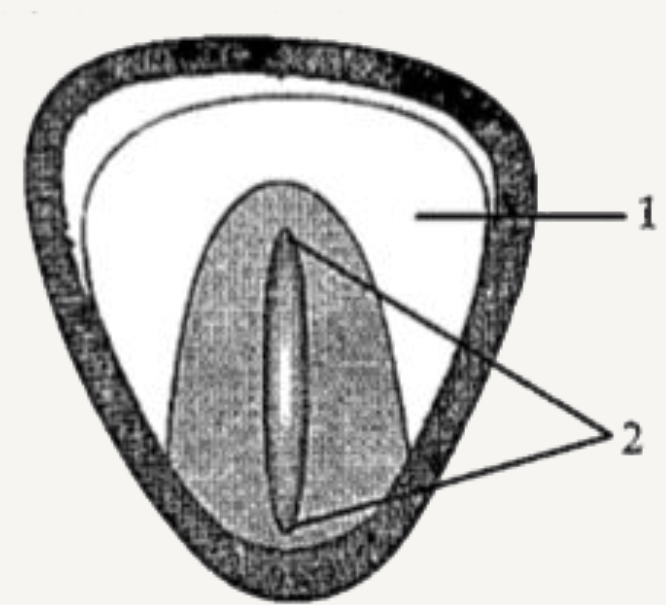
Write the basic function of this structure.
View SolutionStudy the diagram given below and then answer the questions.
Role of plants and animals in the formation of ammonium compounds.
View Solution

